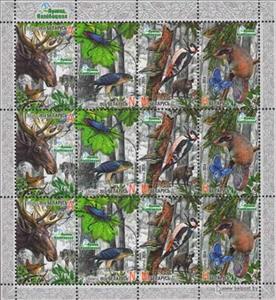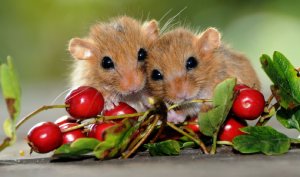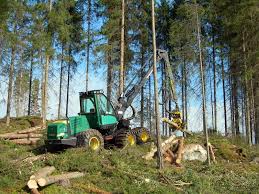Full Pane: Naliboki Forest - Flora and Fauna (Belarus 2014)
Naliboki Forest - Flora and Fauna (Belarus 2014)
27 November (Belarus ) within release Naliboki Forest - Flora and Fauna goes into circulation Full Pane Naliboki Forest - Flora and Fauna face value Various No Face Value
| Full Pane Naliboki Forest - Flora and Fauna in catalogues | |
|---|---|
| Colnect codes: | Col: BY 2014.11.27-01e |
Full Pane is vertical format.
Full Pane Naliboki Forest - Flora and Fauna it reflects the thematic directions:
Animals are multicellular, eukaryotic organisms of the kingdom Animalia (also called Metazoa). All animals are motile, meaning they can move spontaneously and independently, at some point in their lives. Their body plan eventually becomes fixed as they develop, although some undergo a process of metamorphosis later on in their lives. All animals are heterotrophs: they must ingest other organisms or their products for sustenance.
Beetles are insects that form the order Coleoptera (/koʊliːˈɒptərə/), in the superorder Holometabola. Their front pair of wings are hardened into wing-cases, elytra, distinguishing them from most other insects. The Coleoptera, with about 400,000 described species, is the largest of all orders, constituting almost 40% of described insects and 25% of all known animal species; new species are discovered frequently, with estimates suggesting that there are between 0.9 and 2.1 million total species. Found in almost every habitat except the sea and the polar regions, they interact with their ecosystems in several ways: beetles often feed on plants and fungi, break down animal and plant debris, and eat other invertebrates. Some species are serious agricultural pests, such as the Colorado potato beetle, while others such as Coccinellidae (ladybirds or ladybugs) eat aphids, scale insects, thrips, and other plant-sucking insects that damage crops. Some others also have unique characteristics, such as the common eastern firefly, which uses a light-emitting organ for mating and communication purposes
Birds (Aves), a subgroup of Reptiles, are the last living examples of Dinosaurs. They are a group of endothermic vertebrates, characterised by feathers, toothless beaked jaws, the laying of hard-shelled eggs, a high metabolic rate, a four-chambered heart, and a strong yet lightweight skeleton. Birds live worldwide and range in size from the 5 cm (2 in) bee hummingbird to the 2.75 m (9 ft) ostrich. They rank as the class of tetrapods with the most living species, at approximately ten thousand, with more than half of these being passerines, sometimes known as perching birds. Birds are the closest living relatives of crocodilians.
Birds of prey or predatory birds, also known as raptors, are hypercarnivorous bird species that actively hunt and feed on other vertebrates (mainly mammals, reptiles and smaller birds). In addition to speed and strength, these predators have keen eyesight for detecting prey from a distance or during flight, strong feet with sharp talons for grasping or killing prey, and powerful, curved beaks for tearing off flesh. Although predatory birds primarily hunt live prey, many species (such as fish eagles, vultures and condors) also scavenge and eat carrion
A dormouse is a rodent of the family Gliridae (this family is also variously called Myoxidae or Muscardinidae by different taxonomists). Dormice are nocturnal animals found in Africa, Asia, and Europe. They are named for their long, dormant hibernation period of six months or longer.
Forestry is the science and craft of creating, managing, planting, using, conserving and repairing forests and woodlands for associated resources for human and environmental benefits. Forestry is practiced in plantations and natural stands. The science of forestry has elements that belong to the biological, physical, social, political and managerial sciences. Forest management plays an essential role in the creation and modification of habitats and affects ecosystem services provisioning






